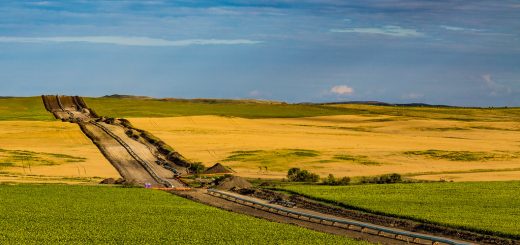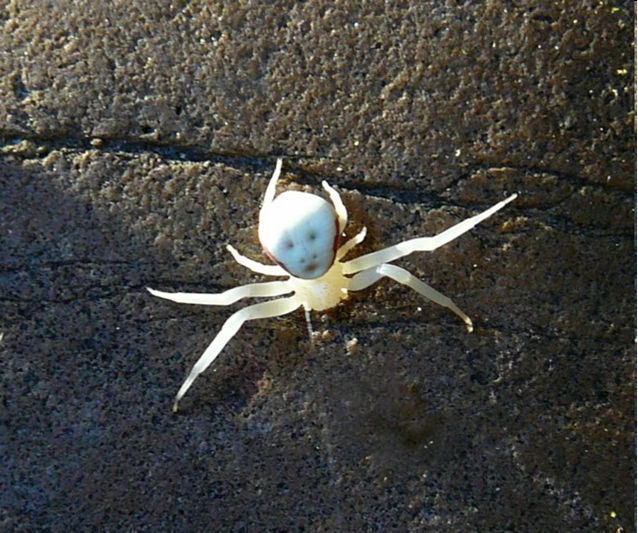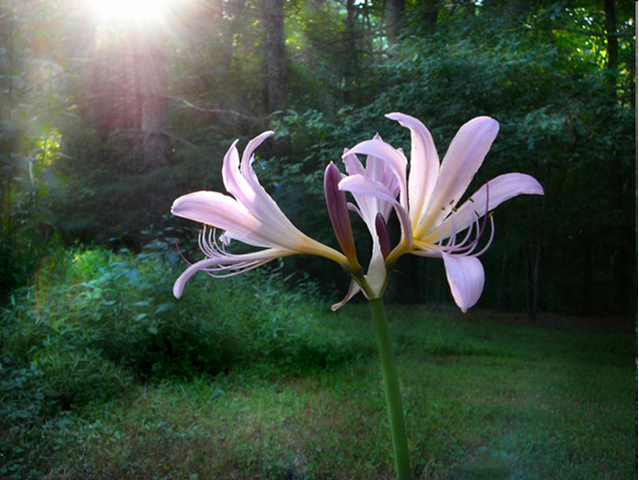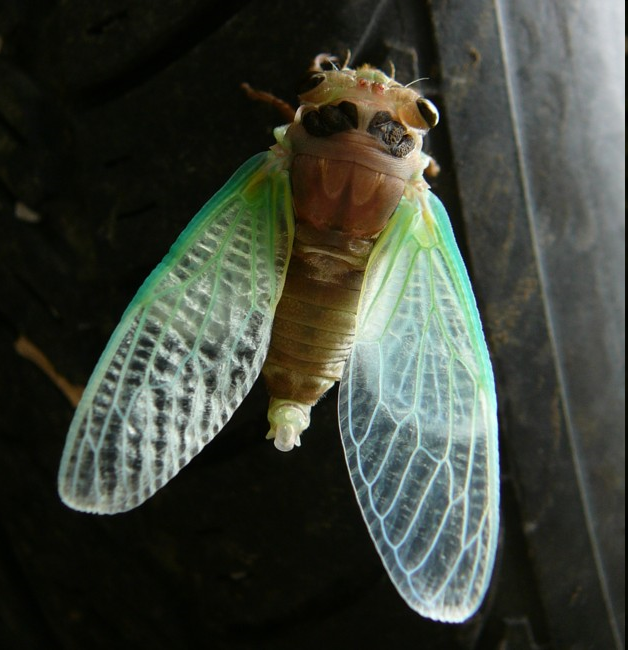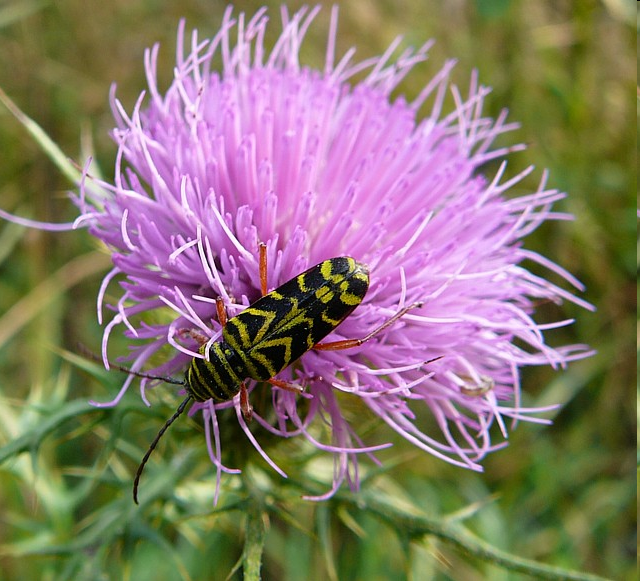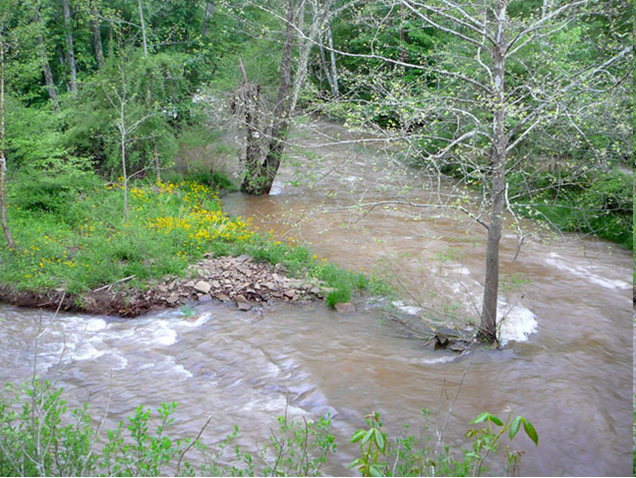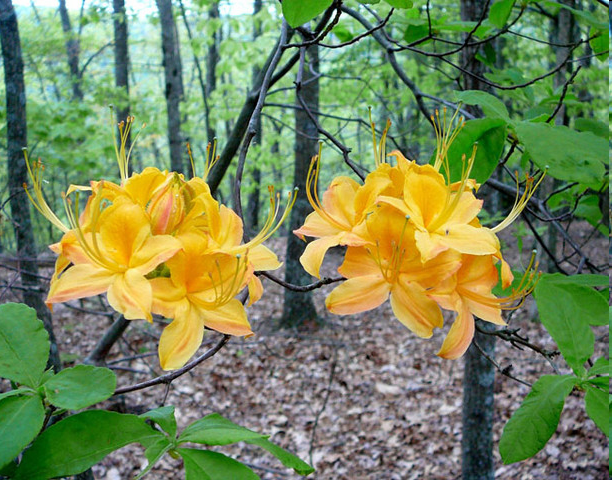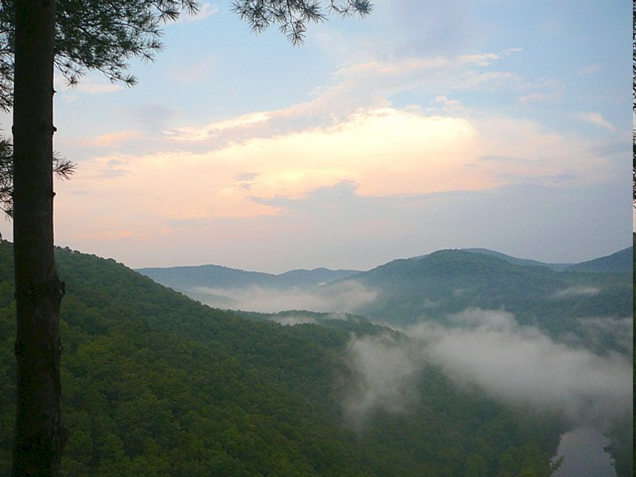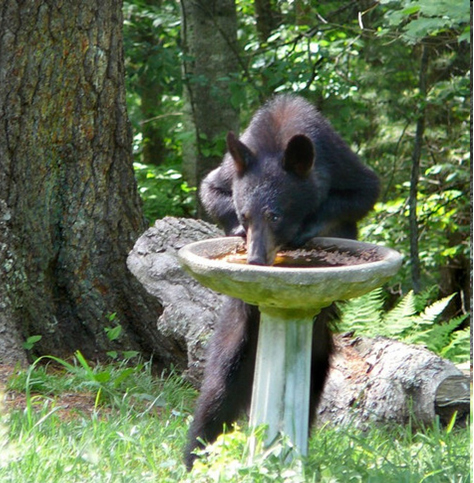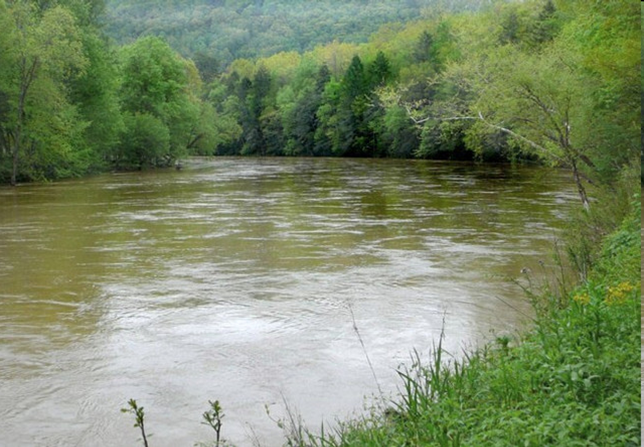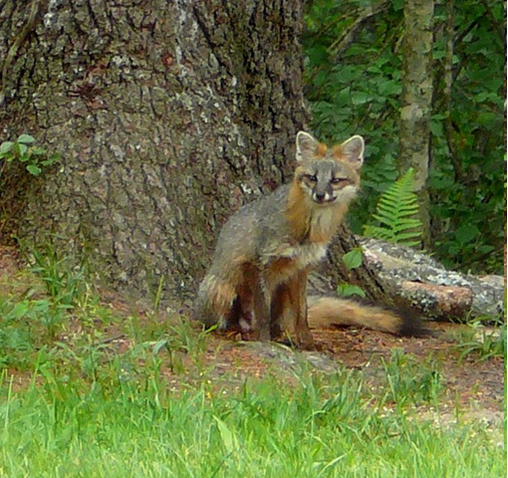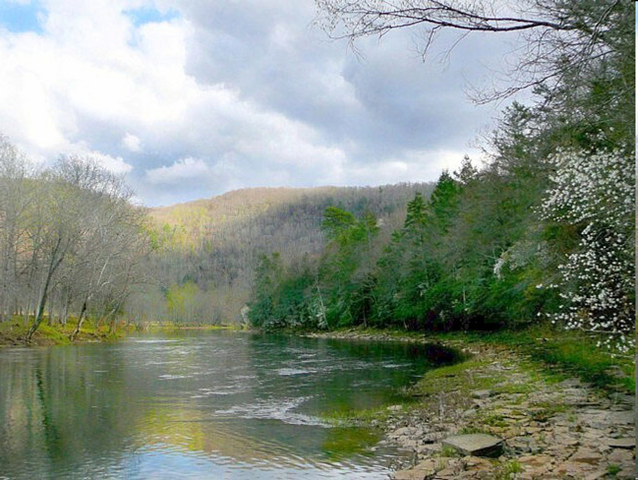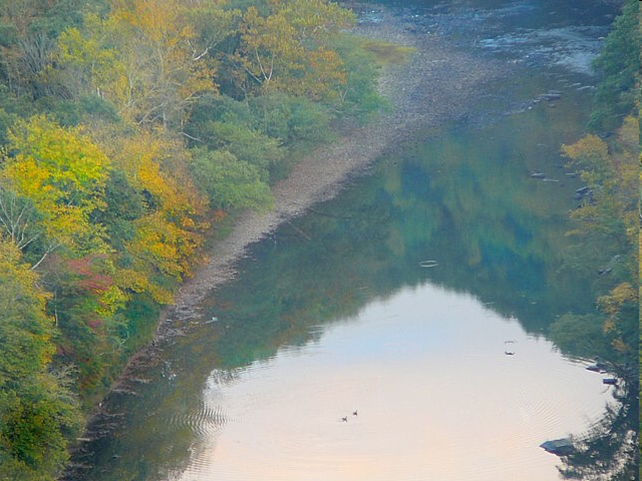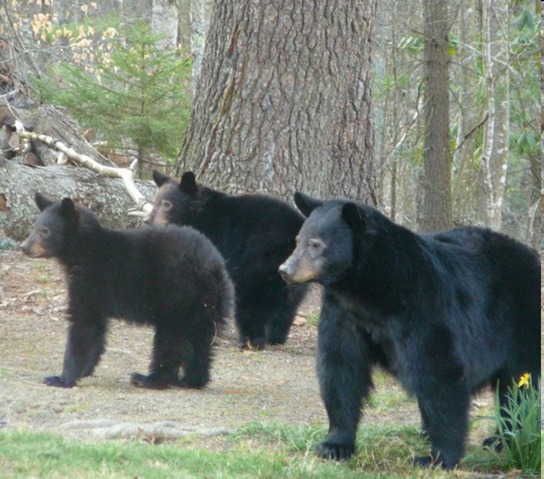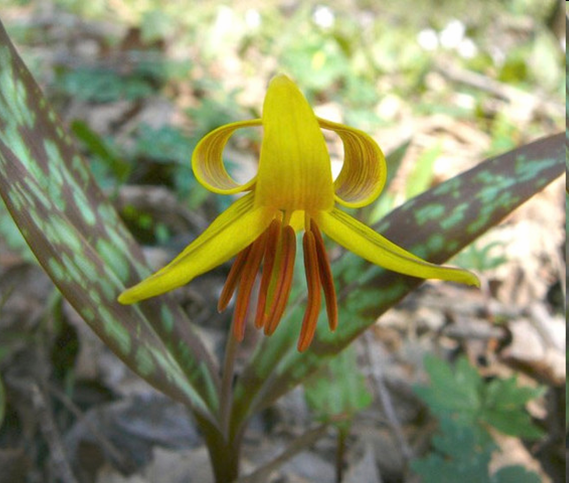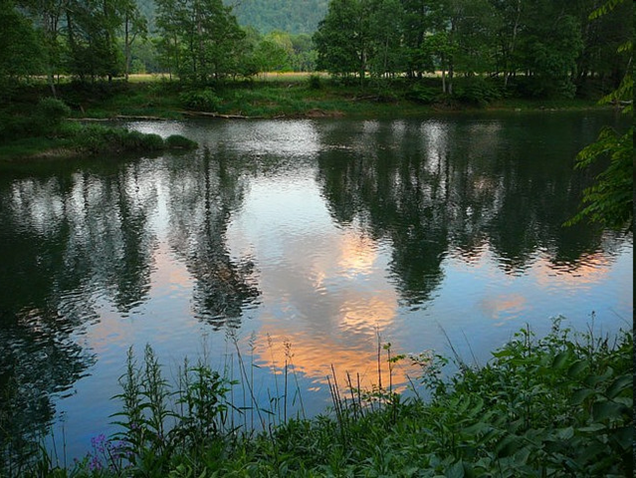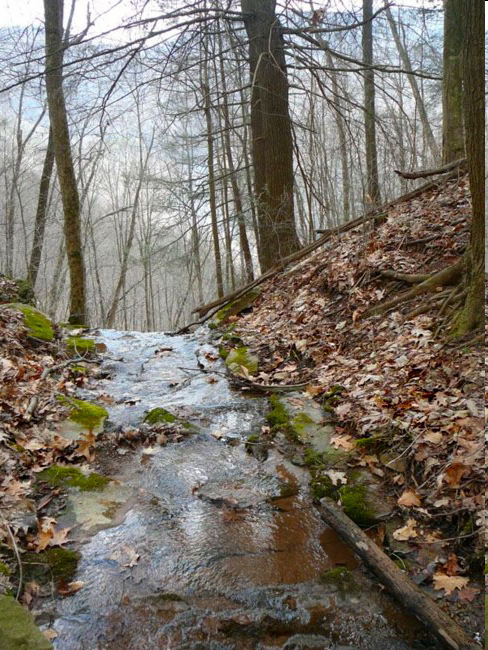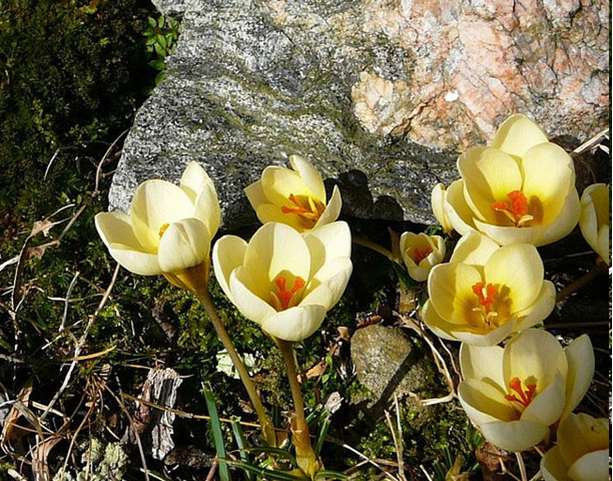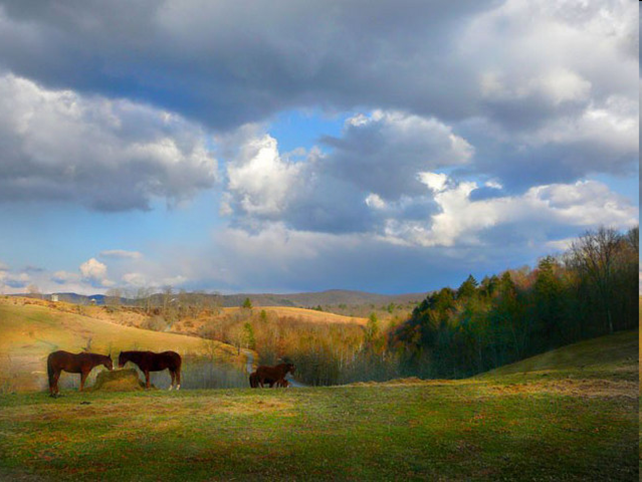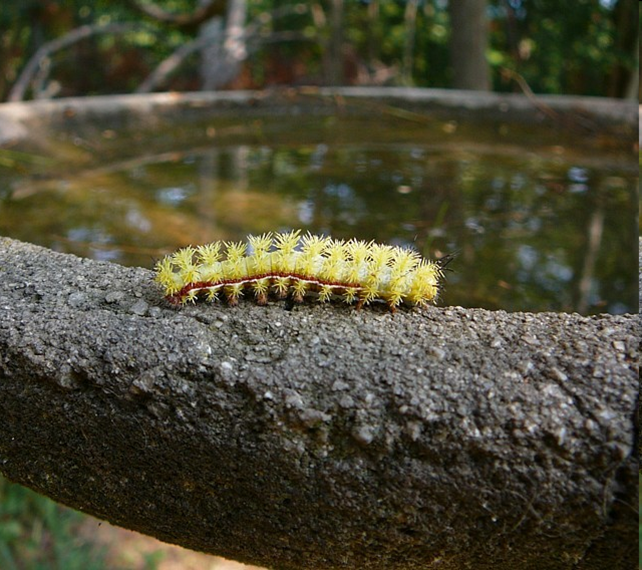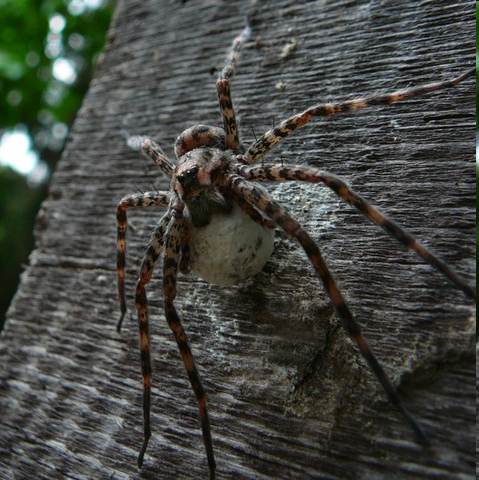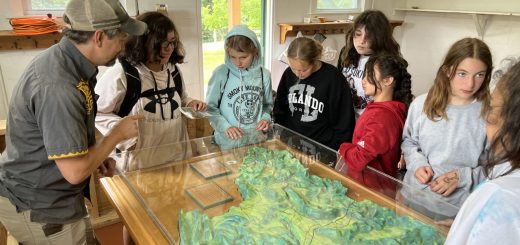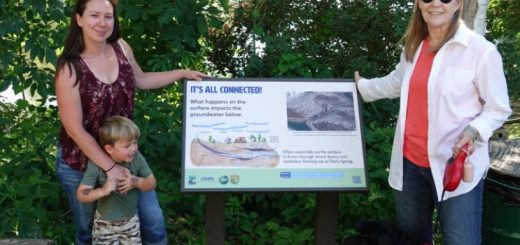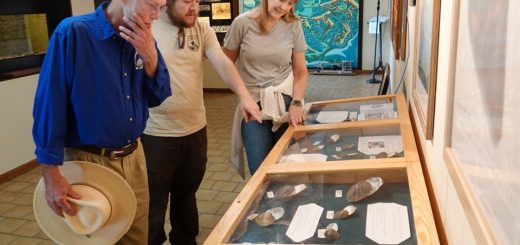WV Wildlife: Buffalo Creek Recovery
By Brad Rice, Brandon Stover
MAN, WV (WCHS/WVAH) — Almost fifty years later, the scars and heartache still remain across the Southern Coalfields of West Virginia.
On the morning of February 26, 1972, a thirty-foot wall of water and sludge racing down from poorly engineered coal mining dams took the lives of 125 people and destroyed 17 communities along Buffalo Creek in Logan County.
Since heavy rainfall preceded this event, it’s still considered one of the deadliest floods in United States history.
But now, here in 2019, there’s gradual healing along this stream now thanks to restoration and the sport of fishing.
In fact, new memories are being made between moms, sons, dads, daughters and grandparents thanks to the hard work done by the Buffalo Creek Watershed Association, the DEP and the DNR to name a few.
“This is our 15th year of having our annual spring fish day, and it’s always held on the 1st day of spring break. For the kids, we give out 125 fishing rod and reels and tackle”, said Perry Harvey, a board member with the Buffalo Creek Watershed Association.
This year, this event happened to fall on Earth Day–and the weather couldn’t have been more perfect at Justin McCoy Memorial Park, where the trout were stocked.
“Just here at the park alone, we put 500 pounds of fish for just the kids, and the rest of the creek is stocked as well”, said Harvey.
As fun as it is to catch a few trout, this event is more than just that–it’s about teaching these kids important life lessons, too.
“The litter problem that we have here and throughout the state–and we try to start them off young by letting them know not to litter. You can be fined up to $2,200 by the new law, and one of the messages that we try to get over to the kids is that we are firm believers if we can get the kids involved in fishing–that when they grow up, they won’t be on drugs. Drugs is something that’s just overwhelming our area right now”, said Harvey.
This beautiful stream is probably in the best shape it’s ever been, and the trout do well here.
Harvey is hopeful this stream will become even a better trout fishery in the coming years.
“We put 192 structures in 16 miles from the mouth of Buffalo Creek up to the head of Buffalo Creek. It warms your heart to see all these kids come out every year. I’m retired. I’m 70 years old, but I enjoy doing this and trying to help the kids out, so I’m just tickled to death with what’s going on around here now”.
